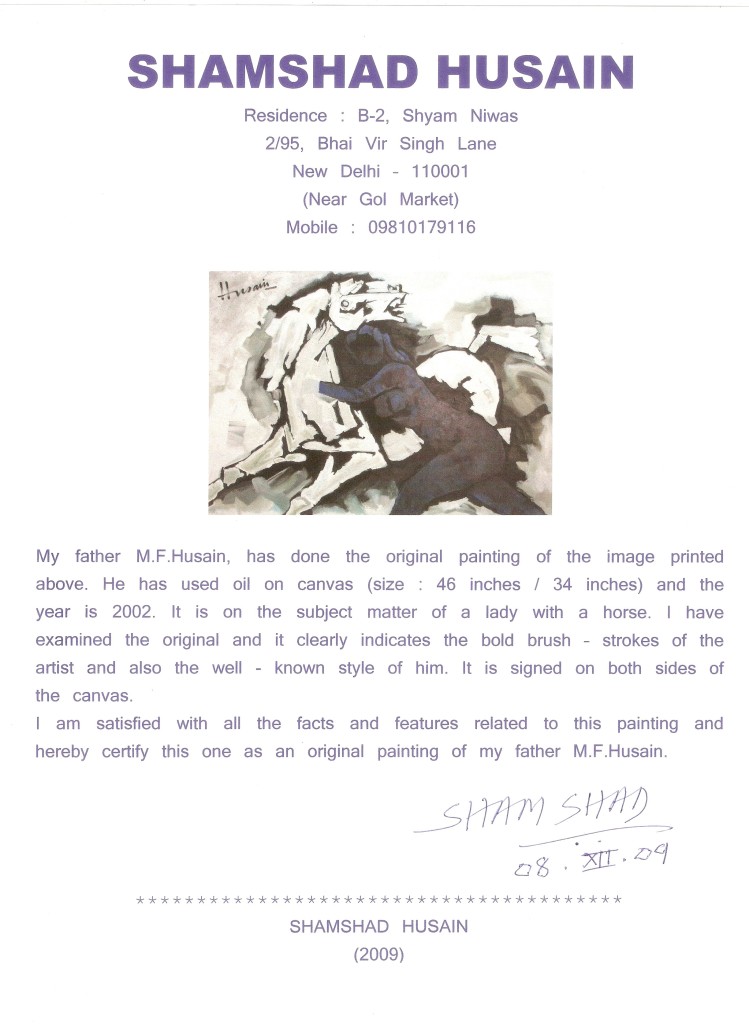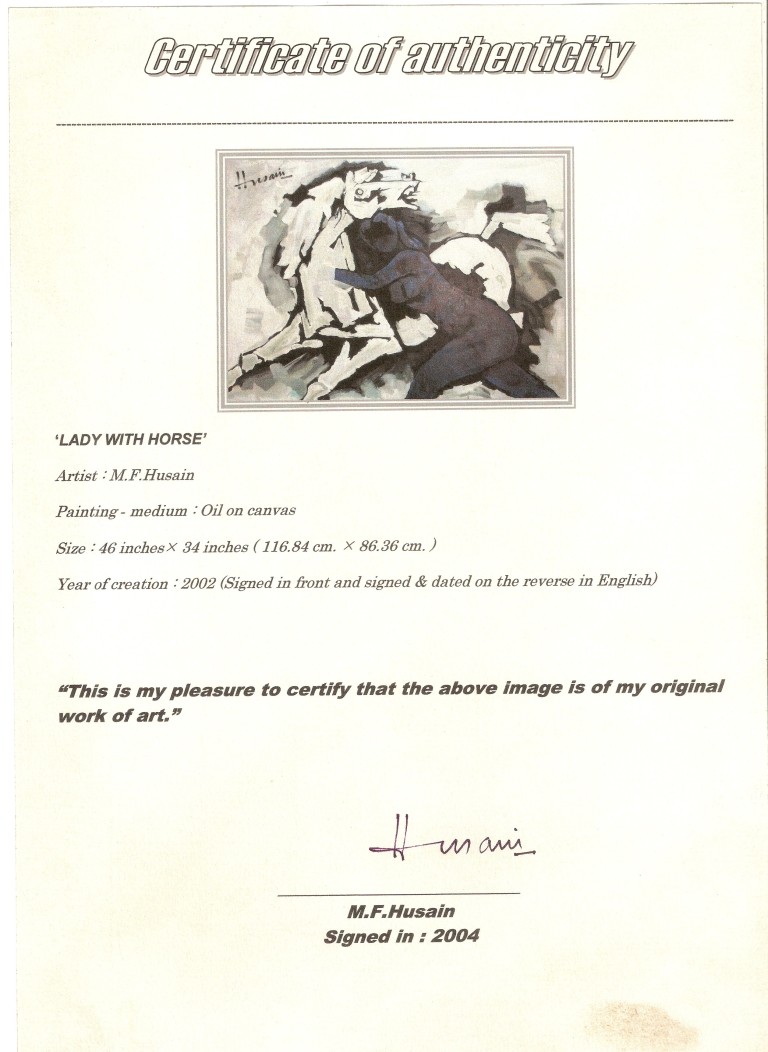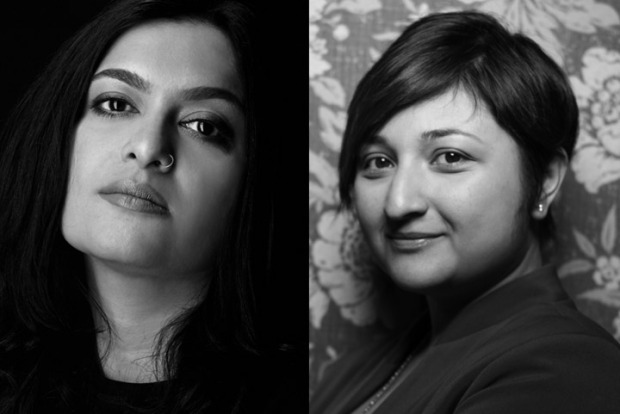The Kochi-Muziris Biennale is a large-scale contemporary arts exhibition that will take place in Kochi, India and is set to open on 12/12/14. Founded by artist and curator Bose Krishnamachari, the Kochi-Muziris Foundation that owns the Biennial is funded by the Government of Kerala. A host of contentious issues has plagued the endeavor from its inception, which makes its survival to a second edition all the more relevant for discussion. POLITICS OF ART approached artist-turned-curator JITISH KALLAT on his experience of curating his first major exhibition for the second edition of the Kochi-Muziris Biennial with regard to the social, historical and political context as well as the contentions that exist in the framing a biennale of national import in a pluralistic and diverse country.
POLITICS OF ART: How does the position of curator, Kochi-Muziris Biennale dovetail with your own artistic practice? …Conflicts? …Confluences?
JITISH KALLAT: As disciplines go, curating art and making art could be seen as differentiated versions of the same intention. At a fundamental level, isn’t it all an attempt to understand reality? One can do this either through the work one makes as an artist or through dialogue with several artists when one curates. In the studio you set afloat questions in solitude and converse with your inner voice, as a curator you conduct the inquiries through an expanded format, along with fellow practitioners, and thereby co-creating the project in dialogue. It just feels as though I have briefly shifted my toolbox and the ambience in which I function.
POLITICS OF ART: What sets you apart as an artist within the Indian context (with, it should be mentioned, an impressive international resume) is the intellect-driven nature of your art. One could say that socio-political subjects drive your concepts, which in turn, drives practice. Does your curatorial note follow the same logical structures? What are/were your points of departure?
JITISH KALLAT: Two chronologically overlapping, but perhaps directly unrelated historical episodes in Kerala became my points of departure. The 14th to 17th Centuries was a time when the Kerala School of Astronomy and Mathematics was making some transformative propositions for locating human existence within the wider cosmos. It was also the moment when the shores of Kochi were closely linked to the maritime chapter of the ‘Age of Discovery’. The maps changed rapidly in the 1500s with the arrival of navigators at the Malabar Coast, seeking spices and riches… And within the revised geography were sharp turns in history; heralding an age of conquest, coercive trading and colonialism, animating the early processes of globalization. A reflection of this navigational history, as well as a shift of one’s gaze deliberating on the mysterious expedition of our planet Earth hurtling through space at over a dizzying 100000 kilometers per hour, where none of us experience this velocity or comprehend its direction, were two prompts made in my letter to artists. The seemingly unrelated directions of these suggestions were intentional; one was a gaze directed in time, the other in space. The historical and the inter-galactic are to be viewed metaphorically within the exhibition; an analogy could be drawn to gestures we make, when we try to understand something. We might either go close to it or move away from it in space, to see it clearly. We may also reflect back or forth in time to understand the present. The exhibition draws upon this act of deliberation to bring together art-works that picture versions of the world referencing history, geography, astronomy, time, myth and interlacing the terrestrial with the celestial.
POLITICS OF ART: In contemporary art in India, a strong hierarchy runs from north to south, with the south on the receiving end of academic and artistic prejudices. Can you share with us your curatorial approach? Given the patronage of the Government of Kerala, was there a clause, spoken or otherwise, that local/regional interests had to be observed? There is also a feeling that the danger of regionalism is inherent in a location specific event managed by individuals with specific cultural affinities…
JITISH KALLAT: I did not begin with any of these considerations. For a long while I perceived the entire biennale as a bio field of ideas and practices. I began with a core group of artists whose work for me became the nucleus of the project. Thereafter the process of inviting artists has been primarily one of responding to the ever-shifting field wherein every invitation greatly alters this constellation of signs. It is only a little later in the process I began to attend to the role that a biennale plays with an artistic ecosystem and its potential to affect a shift in the local art-scene. These considerations drew me towards the works of some older artists who might have been overlooked within the biennale context with its overemphasis on youth; and equally towards some very young figures for whom this might be the very first opportunity to exhibit in an international context. To me it seems legitimate that the density of artists might be seen in a concentric fashion circling out of Kerala and South India, to the Indian Subcontinent and then the world at large. I feel my list of artists quite naturally reflects this kind of geographic density with regard to proximity of participating artists to the site where the project takes place.
POLITICS OF ART: In the lead-up to the first edition of the Kochi-Muziris Biennial in 2012, there were rumors that fierce resistance had emanated from local quarters. Were there founded concerns within the resistance, do you think? What, according to you, triggered this off? Have there been similar politics at play with the current edition?
JITISH KALLAT: All protests, resistance and allegations, hurled at the KMB 2012, in retrospect, seem like a passing endurance test. It became evident that much of these emanated from sources with clear vested interests in seeing this biennale fail. Having navigated these allegations with elegance, the biennale today has the widest support base one could expect locally, nationally and internationally.
POLITICS OF ART: Context is everything with a biennial, as you know. Every location poses its own set of challenges. We are thinking, for instance, of the world’s oldest and most popular one – the Venice Biennial. It happens in a place that would seem like the most impossible venue on earth where logistics are concerned. Yet, that exhibition has survived for more than a century. Back to the Kochi-Muziris Biennial: some of the exhibits of the first year appeared to be out of the context of the biennale space. Are this year’s exhibits a specific response to the location or are you also sourcing existing artworks?
JITISH KALLAT: If I have to make an analogy I might say that this edition of the biennale is conceived as an observation deck hoisted in Kochi. This historic site has catalyzed much of the ideas, and hence it is ‘site-responsive’, but I would not use the word ‘site-specific’. Kochi in this instance is the viewing device and not the vista. A large portion of the biennale is new work so as a curatorial project it is also about working with and through the unknown. Chance and contingency are productive working principles within the format of the biennale. It is not about administering a single thematic track but about provoking the unlikely.
POLITICS OF ART: Some of the exhibits of the first year appeared to be out of the context of the biennale space. Are this year’s exhibits a specific response? Or are you also sourcing existing artworks?
JITISH KALLAT: If I have to make an analogy I might say that this edition of the biennale is conceived as an observation deck hoisted in Kochi. This historic site has catalyzed much of the ideas, and hence it is ‘site-responsive’, but I would not use the word ‘site-specific’. Kochi in this instance is the viewing device and not the vista. A large portion of the biennale is new work so as a curatorial project it is also about working with and through the unknown. Chance and contingency are productive working principles within the format of the biennale. It is not about administering a single thematic track but about provoking the unlikely.
POLITICS OF ART: The Indian art world revolves around an established set that is a self-sustaining microcosm of individuals. Our first blog post was a critical view of how art in India operates within organized cliques and preferred circles of influence – amongst a room of “friends,” so to speak. In light of this, how did you make your curatorial selections and what was your process like?
JITISH KALLAT: The process entailed six months of incessant travel and dialogue with artists and scholars in various places around the world. Is this comprehensive and covers all parts of the world geographically and artistically? How could it be? The biennale, like any human endeavor, is a snapshot of a journey in a sea of possibilities.
I began a solitary journey in November 2013 travelling widely and by March 2014 I had invited more than half the participating artists. This was also a moment when a wonderful team began to emerge around me. A group of young energetic colleagues became part of the process and they joined in varied designations. Shyam Patel joined in the capacity of Production Manager and Reha Sodhi joined as Curatorial Assistant. In May, Nandini Thilak, a talented young graduate from Jawaharlal Nehru University joined me to work on all the artist texts, and she was soon to be followed by Preema John, who is the exhibition manager to the project. These designations are only indicative. In actuality our curatorial base camp at the Kochi Biennale office is a fertile space where ideas are exchanged, and the biennale incubates in dialogue. And every time I have even a passing epiphany I share it with the team whose collective instinct I deeply value.
POLITICS OF ART: Did you engage with other curators? Is there a curatorial team and how did this team come about?
JITISH KALLAT: I began a solitary journey in November 2013 travelling widely and by March 2014 I had invited more than half the participating artists. This was also a moment when a wonderful team began to emerge around me. A group of young energetic colleagues became part of the process and they joined in varied designations. Shyam Patel joined in the capacity of Production Manager and Reha Sodhi joined as Curatorial Assistant. In May, Nandini Thilak, a talented young graduate from Jawaharlal Nehru University joined me to work on all the artist texts, and she was soon to be followed by Preema John, who is the exhibition manager to the project. These designations are only indicative. In actuality our curatorial base camp at the Kochi Biennale office is a fertile space where ideas are exchanged, and the biennale incubates in dialogue. And every time I have even a passing epiphany I share it with the team whose collective instinct I deeply value.
POLITICS OF ART: The “internationalism” of any large-scale exhibition or event in India can be defeated at the outset due to local/national challenges. We see it time and time again. Yet, the biennial has survived the first round in the ring to see the second. With the sizable number of international artists exhibiting at the biennial on your invitation, did you labor to contextualize India within a global framework? It seems rather inevitable that this would happen…
JITISH KALLAT: One can’t really answer such a question. One can ask what does it mean to assign an adjective such as Indian to an art scene? Or, how does an Indian art scene differentiate from that in New Delhi, Nagpur or an Asian art scene? How do London and New York figure in the making of a so-called “Indian” art scene? Does Bagdogra figure in this process? It is all too entangled and the question begins to disintegrate, the more one chisels it.
This interview has been modified from the original post to include all the excerpts of the original questions from the interview.





